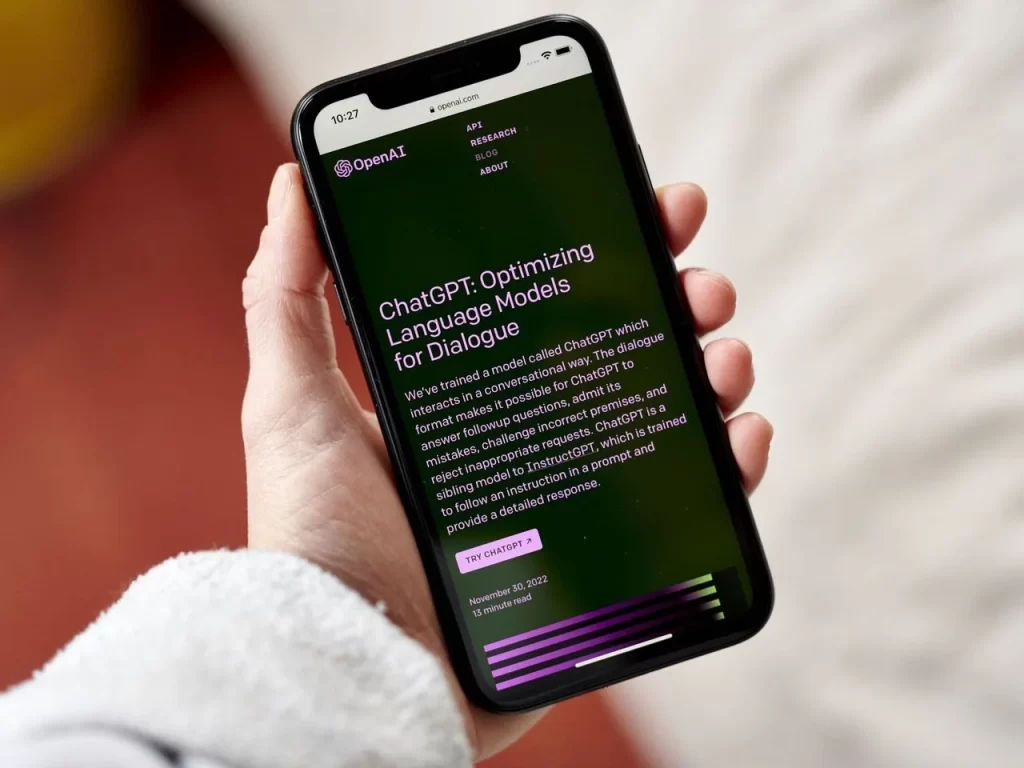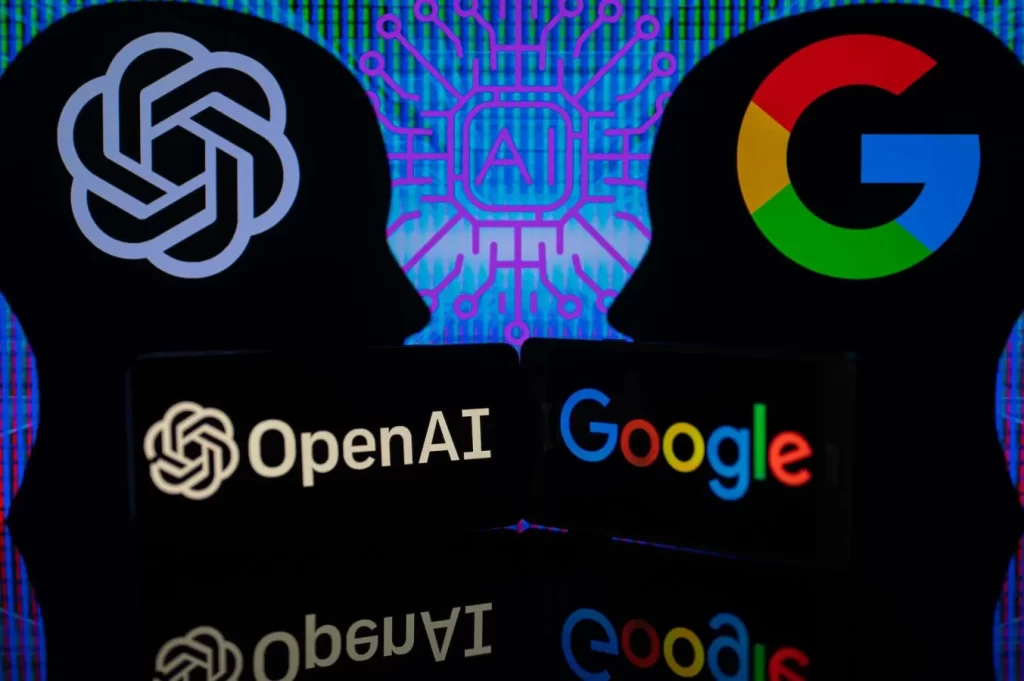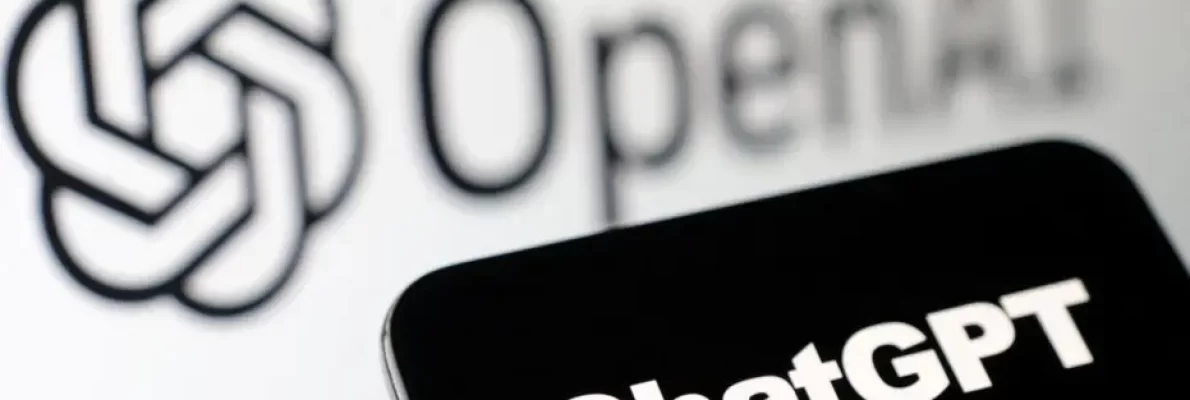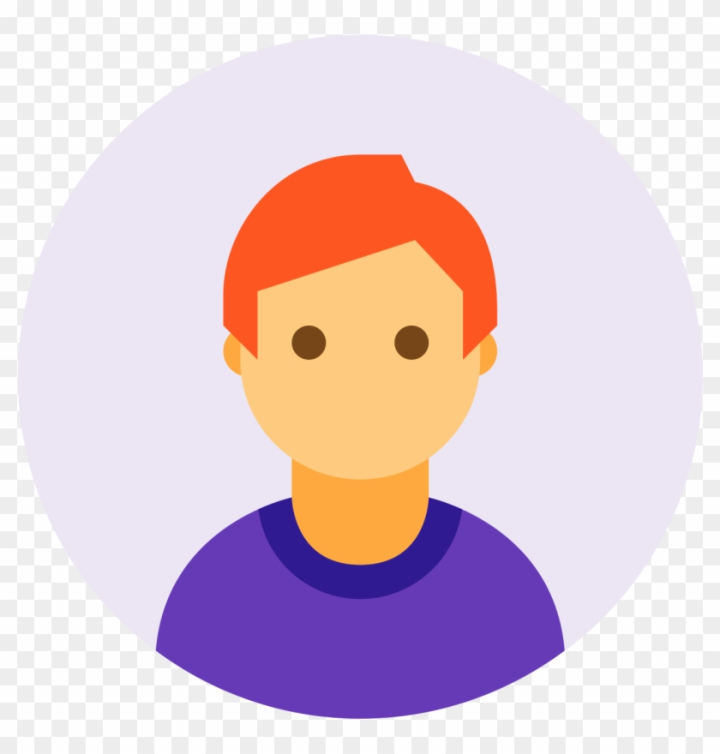ChatGPT is a large language model created by OpenAI, a leading artificial intelligence research organization. It is based on the GPT-3.5 architecture and is designed to understand and generate human-like language responses to text-based prompts.
The history of ChatGPT can be traced back to the development of GPT-1, a language model that was released in 2018. GPT-1 was trained on a large corpus of text data and was capable of generating coherent responses to prompts, but it had limitations in terms of its ability to understand and generate complex language.
In 2019, OpenAI released GPT-2, a more advanced language model that was trained on a larger corpus of data and was capable of generating even more coherent and human-like responses. However, due to concerns about the potential misuse of such powerful language models, OpenAI chose not to release the full version of GPT-2 to the public.
In 2020, OpenAI released GPT-3, a massively scaled-up version of GPT-2 that was trained on a massive corpus of text data and was capable of generating incredibly realistic and nuanced responses to prompts. GPT-3 quickly gained widespread attention and acclaim, but its use was still limited due to concerns about the potential misuse of such a powerful language model.
What is ChatGPT
ChatGPT is a messaging app that connects content creators to the audience they want to reach. The platform enables users to find content creators and deliver their message through a live chat.
It is not just about how ChatGPT creates opportunities for businesses, but also the person-to-person interactions. Many people use it as an opportunity to connect with other like-minded individuals and gain insights from them on different topics.
ChatGPT has been used by almost every industry – business, healthcare, design, education, government, arts and entertainment – so there is a lot of room for an individual to find their niche in this application.
Who Built ChatGPT
ChatGPT was built by OpenAI, a research organization dedicated to advancing artificial intelligence in a safe and beneficial way. A team of researchers and engineers at OpenAI developed and trained ChatGPT using large amounts of text data from the internet. The architecture and design of ChatGPT are based on the GPT-3.5 model, which is a variant of the GPT-3 language model developed by OpenAI.
OpenAI is famous for its well-known DALL·E, a deep-learning model that generates images from text instructions called prompts.
The CEO is Sam Altman, who previously was president of Y Combinator.
Microsoft is a partner and investor in the amount of $1 billion dollars. They jointly developed the Azure AI Platform.
Large Language Models of GPT Chat
LLMs predict the next word in a series of words in a sentence and the next sentences – kind of like autocomplete, but at a mind-bending scale.
- This ability allows them to write paragraphs and entire pages of content.
- But LLMs are limited in that they don’t always understand exactly what a human wants.
- ChatGPT is a large language model that uses deep learning techniques to generate human-like responses to natural language inputs. It was trained on a massive amount of text data from the internet, including books, articles, and websites.
- ChatGPT is based on the GPT-3.5 architecture, which is a variant of the GPT-3 language model developed by OpenAI. It has over 175 billion parameters, making it one of the largest language models in existence.
The primary use of GPT Chat is in natural language processing tasks such as text generation, summarization, and question-answering. It can be used in various applications such as chatbots, virtual assistants, and language translation tools. GPT Chat has demonstrated impressive capabilities in generating coherent and contextually relevant responses to complex queries and has been widely used in research and commercial applications.
How Was ChatGPT Trained?
ChatGPT, which stands for “Chat Generative Pre-trained Transformer,” is a large-scale language model developed by OpenAI. It is based on the Transformer architecture, which was introduced by Vaswani et al. in 2017. The training of ChatGPT involves two main steps: pre-training and fine-tuning.
Pre-training: During this phase, the model is exposed to a large corpus of text from various sources, such as books, articles, and websites. The model learns the statistical patterns of the language and the structure of the text. It is trained to predict the next word in a sentence, given the context of the preceding words. This is an unsupervised learning process, as the model learns language features without any specific task or labeled data.
Fine-tuning: Once the model has been pre-trained, it is fine-tuned on a smaller dataset that is more specific to the task at hand, such as answering questions or engaging in conversations. This dataset typically includes conversations between humans, with anonymized and carefully stripped personally identifiable information. During the fine-tuning process, the model is optimized using supervised learning. It is provided with input-output pairs, where the input is a message or a prompt, and the output is the appropriate response. Fine-tuning helps the model generalize and perform better on specific tasks, such as generating human-like responses to user queries.
Why Was Chatgpt Created
ChatGPT was created to serve as an advanced conversational AI that can understand and generate human-like responses in natural language. The primary goals behind the development of ChatGPT include:
- Enhancing human-computer interaction: By creating an AI model that can understand and generate text effectively, the aim is to enable seamless interactions between humans and computers, making it easier for users to communicate with machines and access information or services.
- Assisting with various tasks: ChatGPT can be utilized in a wide range of applications, such as customer support, virtual assistants, content generation, translation, and more. Its versatility allows it to help users complete tasks more efficiently and effectively.
- Advancing AI research: The development of ChatGPT also contributes to the broader field of AI research, pushing the boundaries of what machines can achieve in natural language processing and understanding. It helps researchers explore the challenges, limitations, and potential of large-scale language models.
- Encouraging AI safety research: By creating a powerful conversational AI, OpenAI seeks to promote research into AI safety, robustness, and ethical considerations. The development of ChatGPT serves as an opportunity to identify and address potential risks, biases, and unwanted behavior in AI systems, ultimately aiming to make AI more beneficial and safe for society.
Chat GPT App
A ChatGPT app would be a mobile or web-based application that incorporates the ChatGPT AI model to facilitate human-computer interactions in natural language. While there is no official GPT Chat app released by OpenAI at the moment, developers and organizations can build their own applications using the ChatGPT API.
To create a ChatGPT app Login, you would typically follow these steps:

- Access the ChatGPT API: To integrate ChatGPT into your application, you will need access to the API provided by OpenAI. You can visit the OpenAI website to check for the availability of the API and sign up for access.
- Design the user interface: Design a user-friendly interface that allows users to input text or voice commands and receive responses from ChatGPT. Depending on the purpose of your app, the interface could be as simple as a chat window or more complex with additional features and functionalities.
- Implement the API: Once you have access to the ChatGPT API, integrate it into your app’s backend. This involves setting up API calls to send user input to ChatGPT and receive generated responses.
- Test and refine: Thoroughly test your app to ensure that the ChatGPT integration works as expected and provides users with accurate and relevant responses. You may need to iterate on your implementation to address any issues that arise during testing.
Comparison of Chat GPT and Google Bard, Which is good?
ChatGPT and Bard are both AI-powered language models designed for generating text and engaging in conversations. While both models have their merits, it is essential to compare them in terms of their capabilities, training methods, and the specific tasks they excel in.
ChatGPT:
- Developed by OpenAI, it is based on the GPT architecture, specifically the GPT-3 model, which is known for its large scale and impressive performance in various natural language processing tasks.
- Pre-trained on a massive dataset, ChatGPT has a strong ability to generate human-like responses, making it suitable for a wide range of applications such as virtual assistants, content generation, translation, and customer support.
- OpenAI has focused on improving the safety and robustness of ChatGPT to minimize harmful or biased outputs, making it a reliable option for many use cases.

Google Bard:
- Bard is an AI language model developed by EleutherAI and based on the GPT-Neo architecture. It is designed to generate creative text, such as stories, poems, and other forms of imaginative writing.
- Bard is specifically fine-tuned for creative text generation, making it a good choice for applications that require imaginative or narrative content.
- As a smaller-scale language model compared to GPT-3, Bard may have some limitations in handling a diverse range of tasks and might not be as versatile as ChatGPT.
Ultimately, the choice between ChatGPT and Bard depends on your specific requirements. In summary, Google’s Bard is an AI-powered language model designed for creative writing tasks, while ChatGPT is a more general-purpose language model capable of handling a wider range of natural language processing tasks. While both models have their merits, the choice between them depends on the specific task or application for which they are needed.
Conclusion
In conclusion, ChatGPT is an AI-powered language model developed by OpenAI, designed to generate human-like responses and engage in conversations. It is pre-trained on a massive dataset, making it capable of handling a wide range of natural language processing tasks, such as customer support, virtual assistants, content generation, translation, and more.
To use ChatGPT, you can access it through the OpenAI API and integrate it into your application’s backend. It is essential to follow best practices when using ChatGPT, such as training the model on a specific task or domain, providing high-quality training data, and testing the model thoroughly before deployment. Additionally, it is important to be transparent about the use of AI and its limitations with users.
While there are other language models available, ChatGPT stands out for its versatility and robustness. It has the potential to enhance human-computer interactions and assist with various tasks, ultimately making it easier for users to communicate with machines and access information or services.
ChatGPT stands for “Chat Generative Pre-trained Transformer.” It is an AI-powered language model developed by OpenAI, designed to generate human-like responses in natural language and engage in conversations.
You can use ChatGPT for a wide range of applications, such as customer support, virtual assistants, content generation, translation, and more. You can access ChatGPT through the OpenAI API and integrate it into your application’s backend.
ChatGPT generates responses by analyzing the context of the input text and predicting the most likely next word or phrase. It does this using deep learning techniques and a pre-trained language model that has learned statistical patterns of language and text.
OpenAI has made efforts to improve the safety and robustness of ChatGPT to minimize harmful or biased outputs. However, it is essential to be aware of the limitations of AI and the potential for unintended consequences.
Some best practices for using ChatGPT include training the model on a specific task or domain, providing high-quality training data, and testing the model thoroughly before deployment. It is also essential to be transparent about the use of AI and its limitations with users.
Google’s Bard is an AI-powered language model designed to generate creative and imaginative text, such as poetry and short stories. It was introduced in March 2021 as a demonstration of Google’s research in the field of natural language processing.
Bard differs from ChatGPT in that it is specifically designed for creative writing tasks, while ChatGPT is a more general-purpose language model capable of handling a wide range of natural language processing tasks. Additionally, Bard is trained using a smaller dataset than ChatGPT and may have limitations in handling complex or technical language.
As of now, Bard is not available as a commercial product or API. It was released as a research project to showcase Google’s advancements in natural language processing.
Bard generates creative text by analyzing patterns and structures in existing text and using those patterns to generate new content. It can also be fine-tuned to a specific genre or style to improve its ability to generate creative text.
While Bard is relatively new and not yet available for commercial use, it has shown promise in generating creative text. However, compared to larger language models like ChatGPT, it may have limitations in handling more complex language and generating responses for a wide range of natural language processing tasks.







